Tag: physical therapy
-
Discover the Benefits of Dry Needling in Physical Therapy
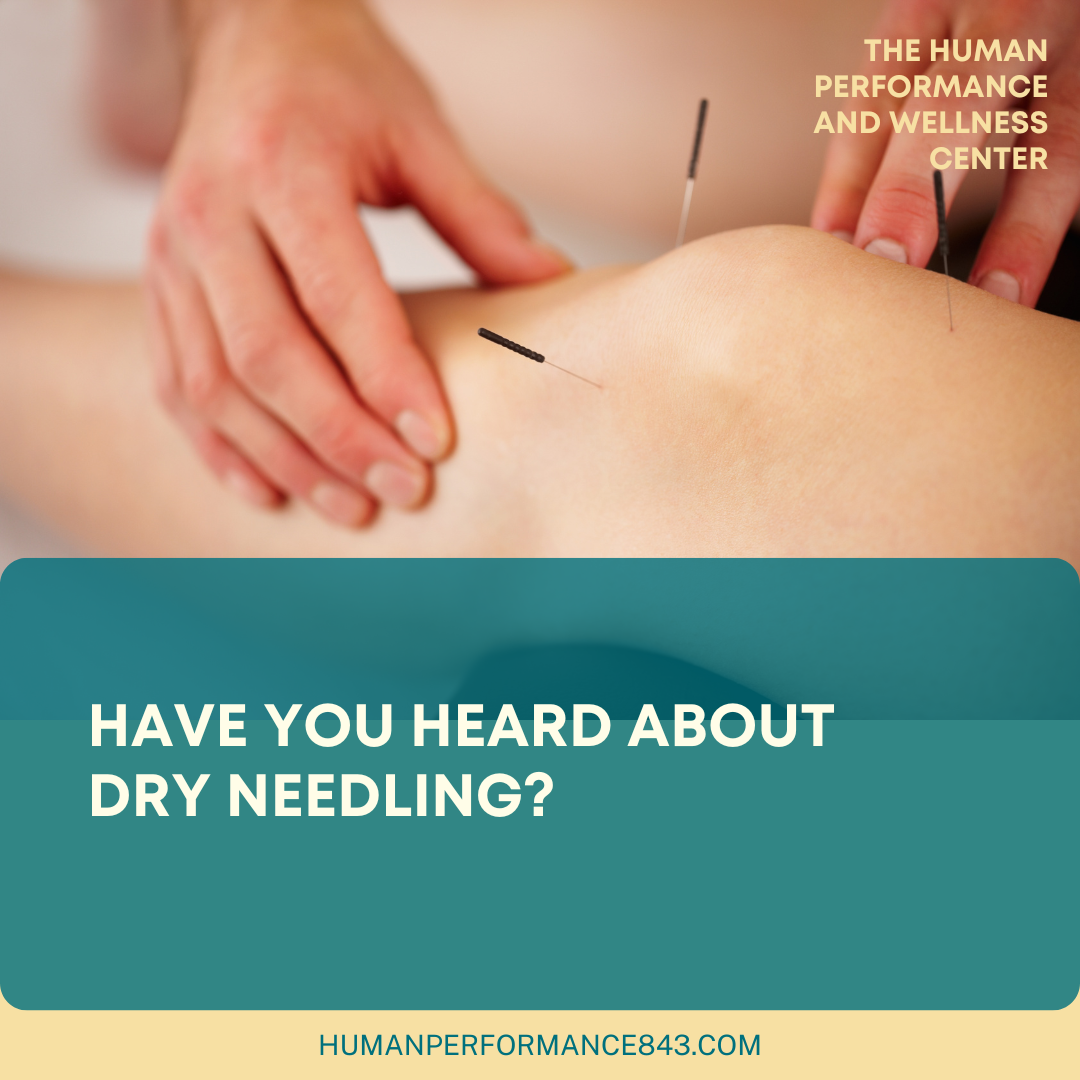
Introduction You may have heard of a treatment called dry needling and wondered what it is or if it’s right for you. While the name of the procedure may sound intimidating, dry needling is an accessible and commonly offered therapy for people with muscle, ligament, or tendon pain. In this blog, we explore the basics… Read more
-
The Power of Physical Activity: Enhancing Life at Every Age
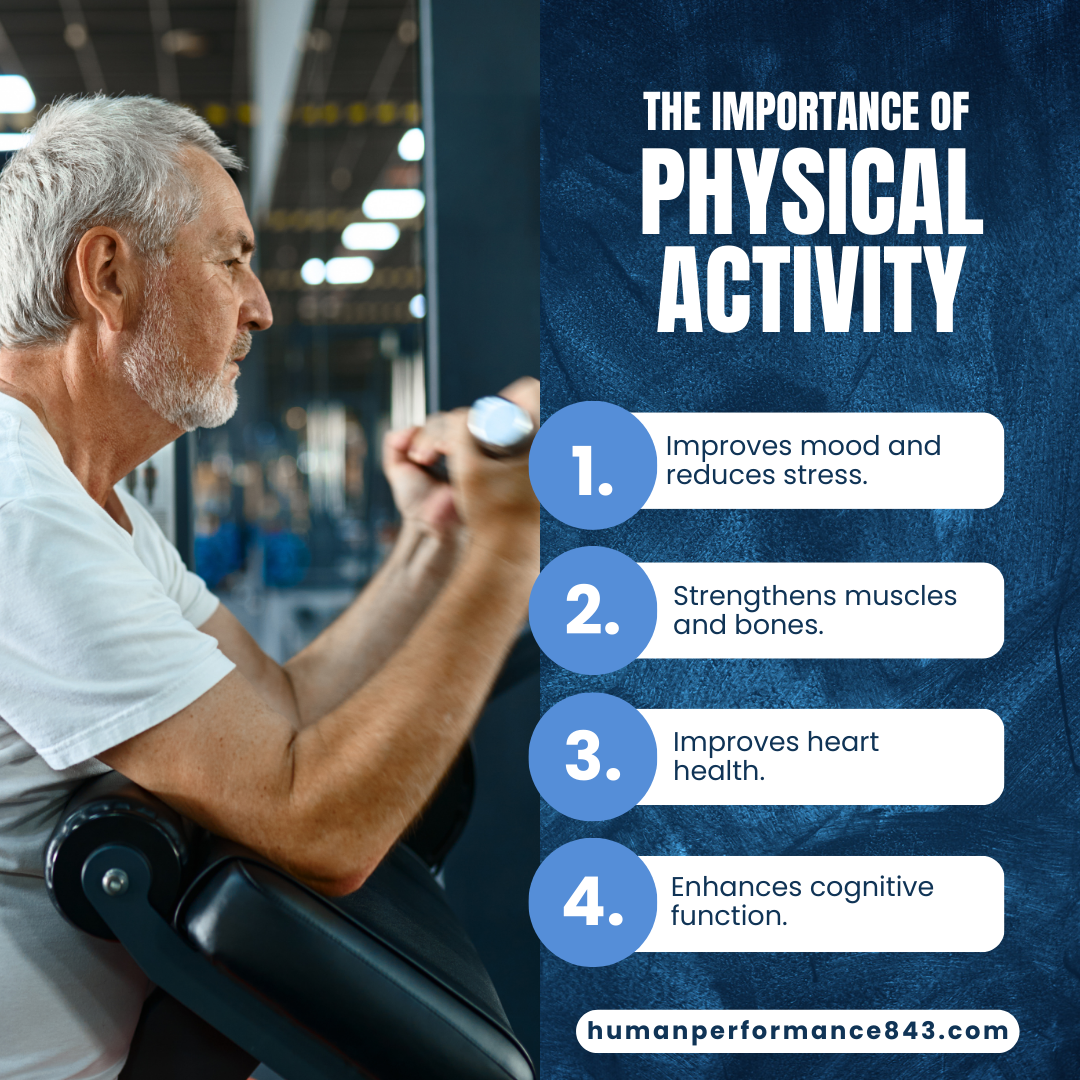
Introduction Physical activity is more than just a tool for staying fit—it’s a fundamental component of overall well-being. Like physical therapy, it offers numerous benefits that can dramatically improve quality of life. From boosting mood to enhancing cognitive function, regular exercise is a powerful ally in maintaining health and vitality. In this blog, we explore… Read more
-
D is for Dynamic Activity
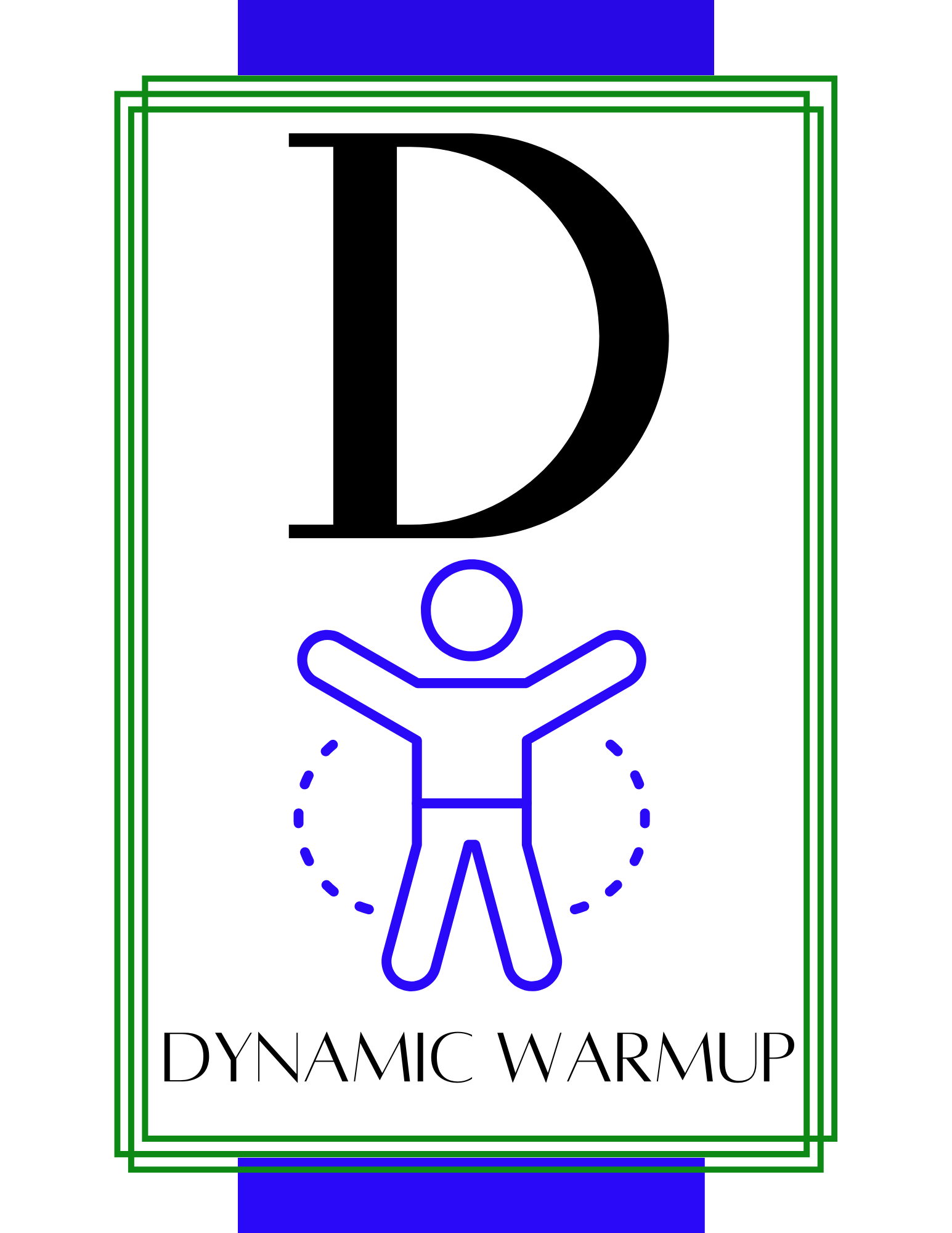
The Benefits of a Dynamic Warm-Up: Preparing Your Body for Exercise What is a Dynamic Warm-Up? A dynamic warm-up consists of a series of movements designed to prepare your body for exercise or sports activity. Unlike static stretching, which involves holding a stretch for a period of time, a dynamic warm-up focuses on active flexibility… Read more
-
C is for Core
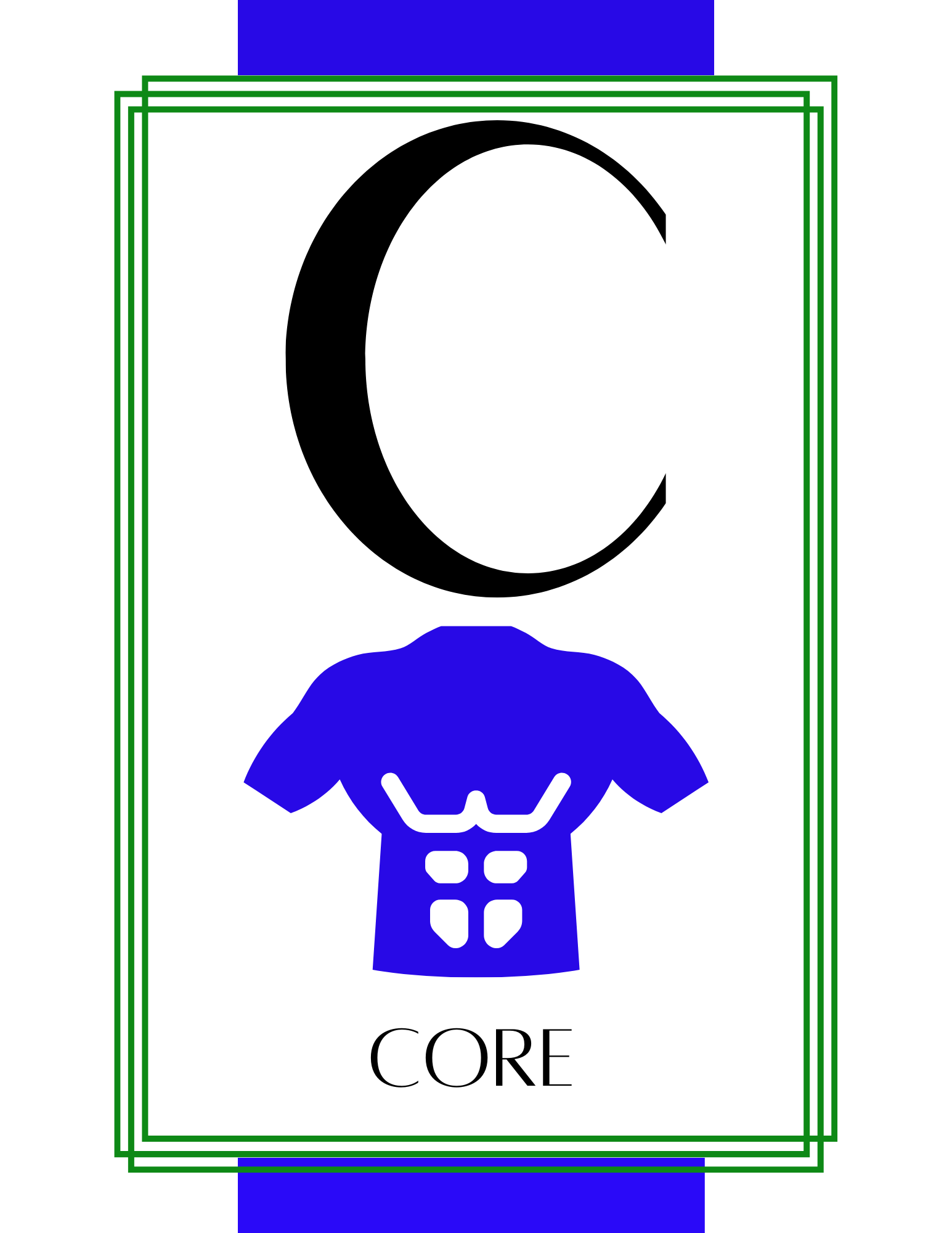
Understanding Your Core: More Than Just Abs Is Your Core the Same as Your Abs? A common misconception is that your core and abs are the same, but this isn’t true. The abdominal muscles, or abs, are located at the front of your body and include the rectus abdominis, transverse abdominis, and internal and external… Read more
-
B is for Biodex
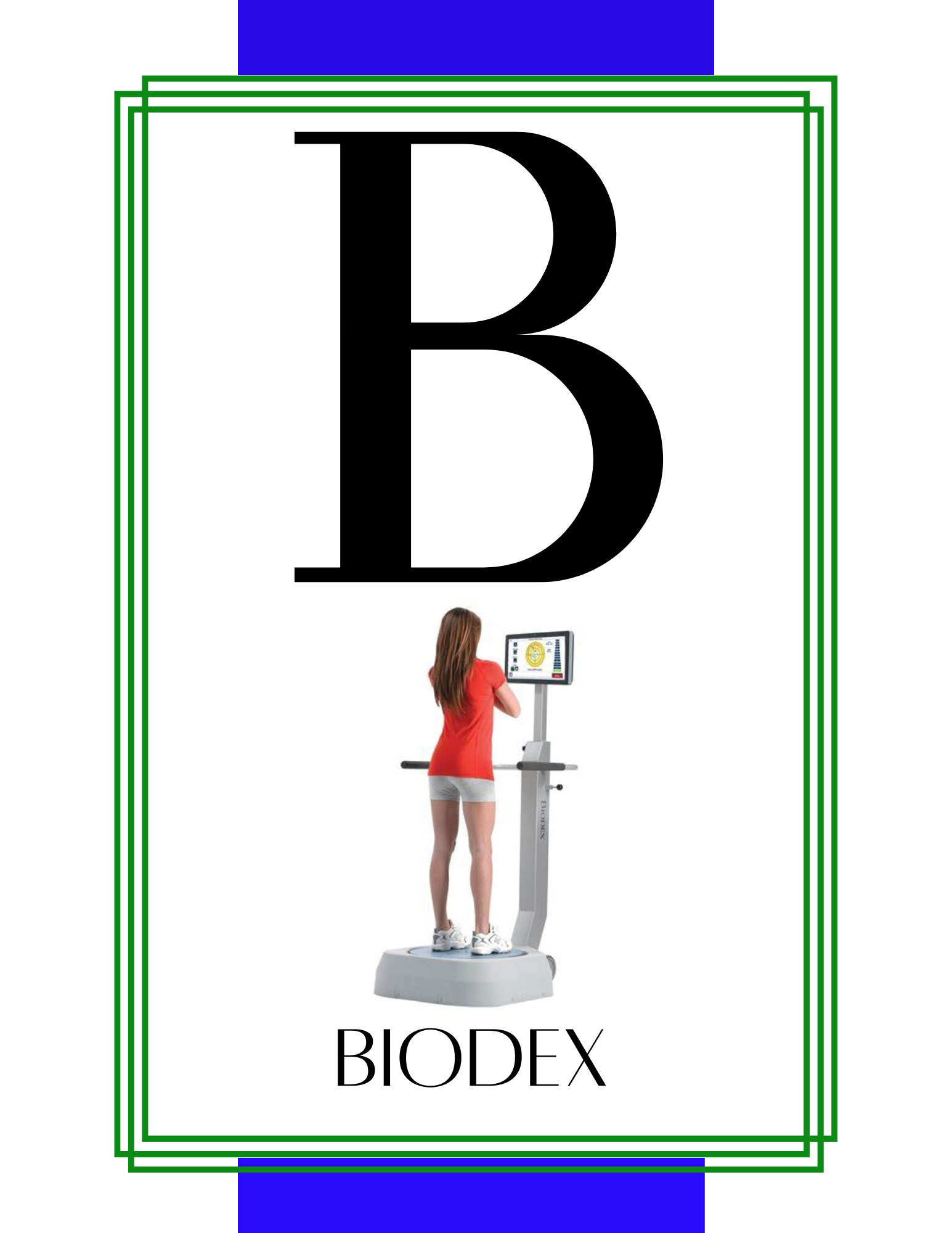
Exploring the Biodex Balance System: Enhancing Your Wellness Journey What is the Biodex Balance System? The Biodex Balance System is a versatile, user-friendly tool designed to help individuals of all ages and abilities improve their balance, increase agility, develop muscle tone, and address a variety of pathologies. Its intuitive touchscreen operation makes it accessible to… Read more
-
A is for Assistive Device
What is the purpose of an assistive device? To maintain and improve an individual’s functioning and independence to facilitate participation and enhance overall well-being.What are some examples of assistive devices? Typically, the first thought of assistive devices when it comes to mind are the equipment used to assist with ambulation and gait such as canes,… Read more
